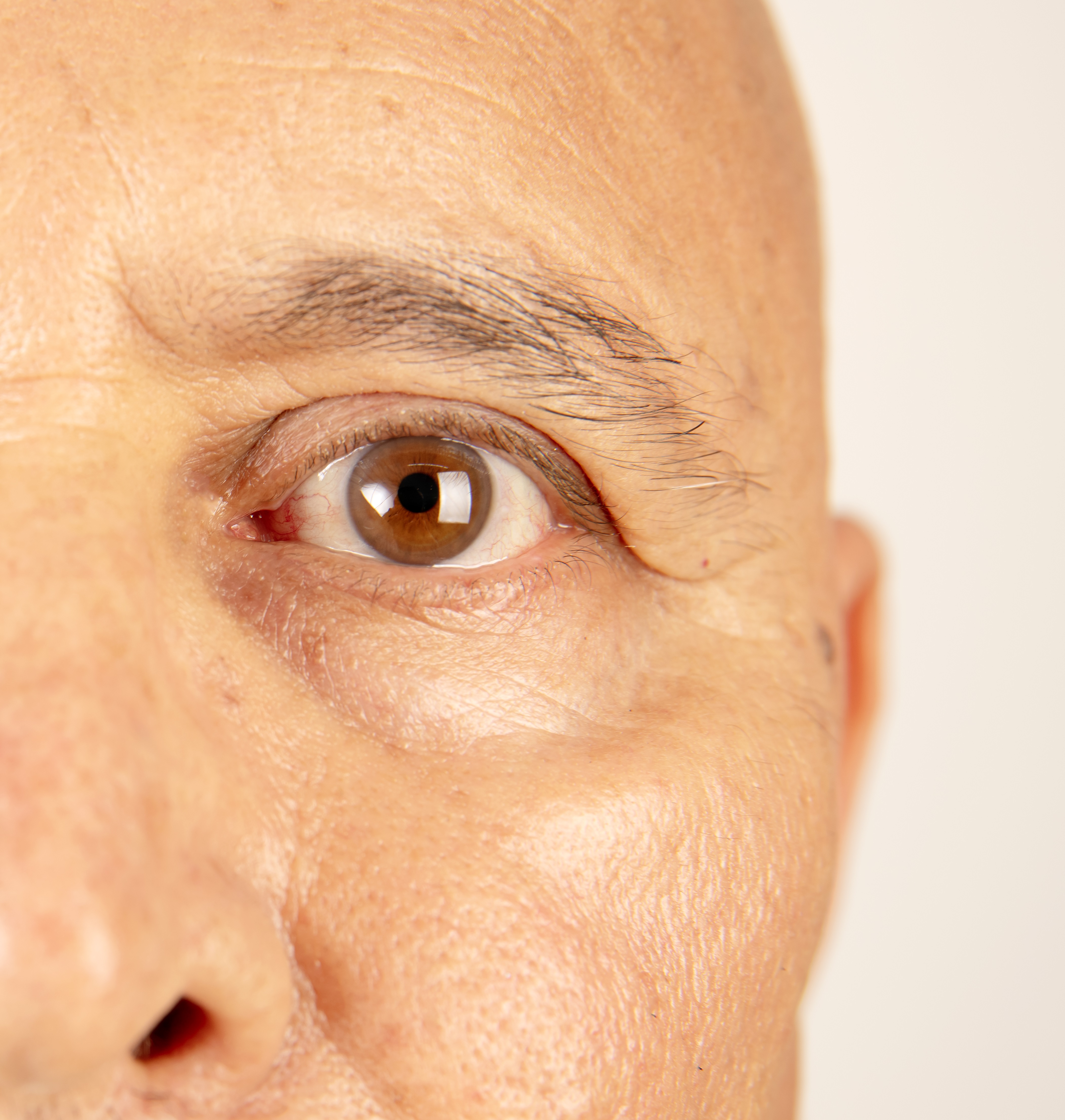Clinical Information
Syphilis is a sexually transmitted infection (STI) caused by the bacterium Treponema pallidum. Syphilis spreads primarily through sexual contact with an individual with syphilis sores called chancres during vaginal, anal, or oral sex. Pregnant women can transmit the infection to their babies, leading to congenital syphilis, which can result in stillbirths or death shortly after birth. Syphilis progresses through four disease stages in the months to years after the initial exposure if left untreated. Each syphilis stage is characterized by its own set of symptoms, and syphilis is highly infectious during the primary and secondary stages.
Syphilis is divided into stages, and there are different signs and symptoms associated with each stage.
- Primary
- Secondary
- Latent
- Tertiary
Symptoms by Stage

The first stage (primary stage) occurs during the first 10-90 days after infection and can include sores called chancres that are firm and round, but can also be open and wet. These sores are usually painless but can be painful to some people. Chancres are very contagious and can be mistaken for acne or ingrown hair. These sores will appear at the site where syphilis entered the body, such as the vulva, vagina, anus, penis, scrotum and, less often, on the lips and mouth.
The second stage (secondary stage) happens 30-90 days after infection and includes flu-like symptoms (headache, sore throat, muscle aches, fever, and fatigue) and rashes on the hands, feet, or other body parts.
During the latent stage, symptoms may go away entirely for months to years after getting infected even without treatment. However, the infection will still be in your body.
The final, most serious, tertiary stage occurs 10–30 years after infection. Symptoms affect the heart and blood vessels, and the brain and nervous system. Tertiary syphilis damages internal organs and can even result in death.
How is Syphilis Diagnosed?
Diagnosing syphilis requires a blood sample. There are two types of laboratory tests: treponemal and nontreponemal. Various tests fit within these categories, and the type of test used will depend on the laboratory running the test. There are two testing algorithms used in diagnosing syphilis, called traditional and reverse sequence.
How Does Syphilis Progress?
Neurosyphilis, ocular syphilis, and otosyphilis can occur during any syphilis stage, so be aware of these complications and their clinical presentations. Irreversible damage can occur to these systems if patients do not receive appropriate treatment.
Testing for Syphilis
Syphilis testing is recommended at least annually for anyone over the age of 13 who is sexually active. Anyone can be tested regardless of symptoms. Sexual partners of those who test positive for syphilis or anyone with signs and symptoms of syphilis should be tested right away. During an office syphilis test, your doctor will likely take a blood sample, and if you have sores, they may swab the fluid from the sore. Syphilis infection is curable and can be treated with as little as one dose of antibiotics.
Treating Syphilis
The treatment of choice for syphilis is an antibiotic called benzathine penicillin G. Timely treatment for syphilis is crucial in preventing disease progression before potentially irreversible damage occurs.
View the latest treatment guidelines for syphilis from the Centers for Disease Control and Prevention (CDC).
View the latest treatment guidelines for congenital syphilis from the CDC.
A pocket guide for providers [PDF - 44 MB] is also available from the CDC.
Read Vital Signs: Missed Opportunities for Preventing Congenital Syphilis


